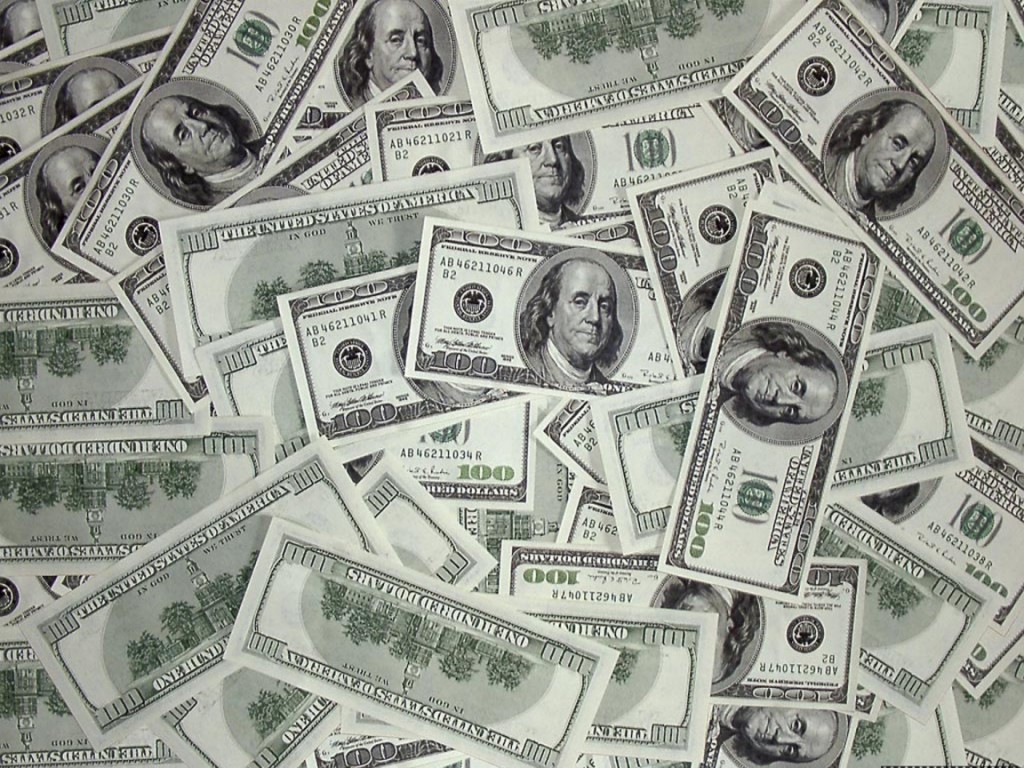Consumer Debt – A Quick History Lesson
10 Fun Facts:
About 50% of Americans carry credit card debt each month. But, despite the ubiquity of credit card debt, it is actually a relatively new phenomenon. Learn more about the history of consumer debt below:
- Consumer debt didn’t begin with credit cards. In the eighteenth and nineteenth centuries, people would have credit accounts with individual stores. This was frequently used by farmers to keep up day to day living expenses while waiting for the year’s harvest to come in. Generally, credit was extended on the basis of a relationship; there was no formal nationwide system to determine credit worthiness.
- Pawn shops as holders of debt have existed since ancient Greece. While there was always the potential for usury, pawn shops also sometimes acted as charities. In Peruga, Italy in 1450 CE, a Franciscan monk began a pawn organization where interest-free loans were secured with possessions.
- Modern Americans are not the first to be held down by out of control consumer debt. Public opinion in pre-Revolutionary France turned against the previously popular Marie Antoinette due to her high gambling debts, lavish parties and expensive fashion clothing. Although she became less extravagant with age, she was still convicted of treason.
- While having an account with a store could be a boon to individuals, there was also potential for abuse in the era before credit regulation and consumer protections. In mining towns, for instance, prices of goods from the company store were often inflated and carried interest rates high enough that workers would wind up owing money even after wages were paid.
- When Bank of America offered the first credit card in the early 60s, they would just send out fully functioning credit cards in the mail, unsolicited. The first widespread case of identity fraud soon followed. Organized crime groups in Chicago bribed Postal workers to reroute cards. Thousands of area residents soon got bills for cards they’d never seen.
- In 1950, household debt was close to nil. In 2012, it was nearly $13 trillion.
- Consumer debt grew in the post-War era as more people moved to urban areas and purchased more luxury goods.
- Between the years of 1982 and 2000, household debt rose from 43 to 62 percent of the country’s GDP.
- Some low-income people who cannot qualify for credit cards carry consumer debt in the form of payday loans. In 2012, there were over $2 billion in payday loans serviced in the US. These loans have a hefty cost; annual interest rates can go over 3000 percent.
- Studies show that people who carry large amounts of credit card debt are more likely to go through bankruptcy, have less in retirement savings and are less likely to make moves like starting a small business.
Don’t let consumer debt keep you from your dreams. Talk to us about how to manage your spending and put your home ownership ambitions into action. Call 877-842-5215 today or request a free consultation below.

